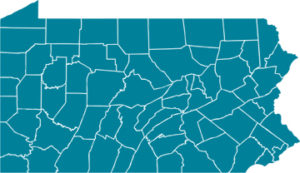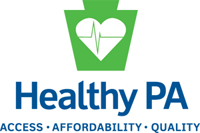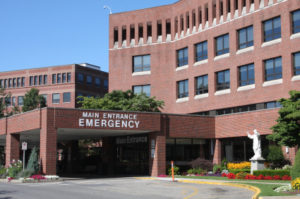Where are the Uninsured?
A new interactive map from the New York Times enables readers to explore the entire country, county by county – including all 67 counties in Pennsylvania – and see how many of each county’s residents are uninsured, how many are publicly insured, and how many are privately insured.
Find the map here.







